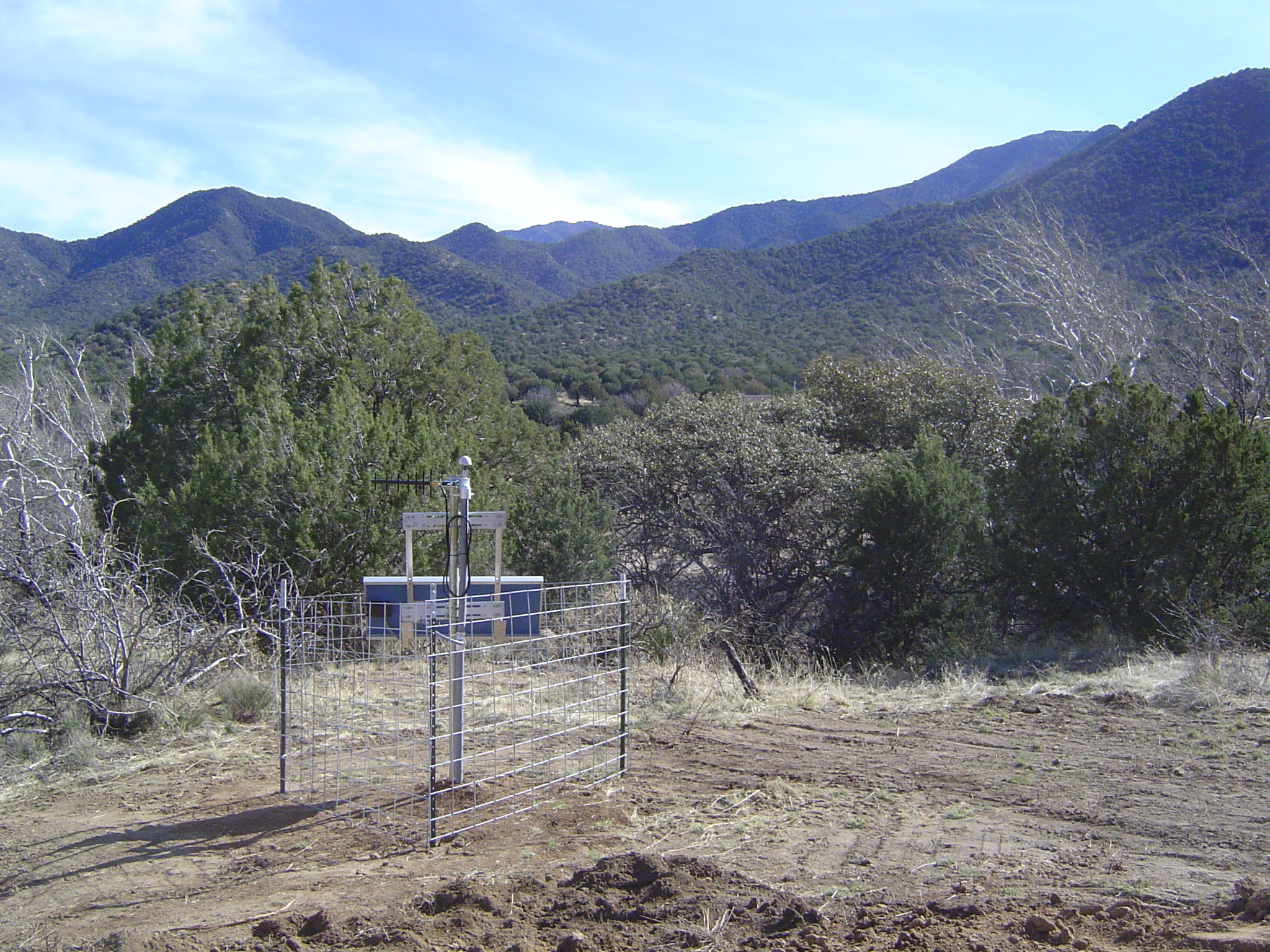K22A
Casper, WY, USA
The USArray component of the NSF-funded EarthScope project ended its observational period in September 2021 and all remaining close-out tasks concluded in March 2022. Hundreds of seismic stations were transferred to other operators and continue to collect scientific observations. This USArray.org website is now in an archival state and will no longer be updated. To learn more about this project and the science it continues to enable, please view publications here: http://usarray.org/researchers/pubs and citations of the Transportable Array network DOI 10.7914/SN/TA.
To further advance geophysics support for the geophysics community, UNAVCO and IRIS are merging. The merged organization will be called EarthScope Consortium. As our science becomes more convergent, there is benefit to examining how we can support research and education as a single organization to conduct and advance cutting-edge geophysics. See our Joining Forces website for more information. The site earthscope.org will soon host the new EarthScope Consortium website.




EarthScope is seeking local landowners and schools willing to host Transportable Array seismic stations on their property for 18 to 24 months. These transportable seismic stations will record data that will allow us to produce images of the Earth's interior and gain new insights into the earthquake process.
Transportable Array seismic stations are being placed across the United States in a uniform grid of 70 km (~ 42 miles). Because there aren't enough seismometers to cover the entire United States at one time, the first 400 stations were placed in the westernmost United States and are now leapfrogging ("rolling") eastward to cover the entire country. For more information go to the When & Where page.
 A completed transportable seismic station. |
Installation of an EarthScope transportable seismic station usually takes two to three days. On the first day, a backhoe digs a hole 4 feet wide and 7 feet deep. A plastic tank is placed in the hole and cement is poured into the bottom to make a sealed container for the equipment. About a month later engineers install the seismograph electronics, sensor, and communications equipment and this takes about one day. An extra day is occasionally required for testing and reconditioning the landscape. The buried equipment is heavily insulated and the tank is often completely covered with soil or rocks to keep the temperature stable.
The seismic stations are temporary, remaining in place for about two years, and are then reused at another site. The equipment operates continuously and routine maintenance is performed remotely. If the equipment malfunctions, it is detected at the data processing center and a service trip may be necessary to correct the problem.
Disassembling the seismic station takes one day. EarthScope removes all the equipment, cuts the plastic tank at the level of concrete (usually 6 feet below grade), removes the tube, and fills in the hole. If requested, the entire tank and concrete can be removed.
If you are interested in hosting a station on your property, look at the generalized grid on the When & Where page to see when the Transportable Array will be in your area. Then go to Suggest a Site to determine if your property is close to a potential station site and to submit your site details.
Site locations are not firm, and will depend on site conditions, suitability, permitting, and other variables. Regional networks may permanently adopt some stations.
Robert Busby
Transportable Array Manager
The IRIS Consortium
1200 New York Ave., NW, Suite 800
Washington, DC 20005
1-800-504-0357
usarray@iris.edu